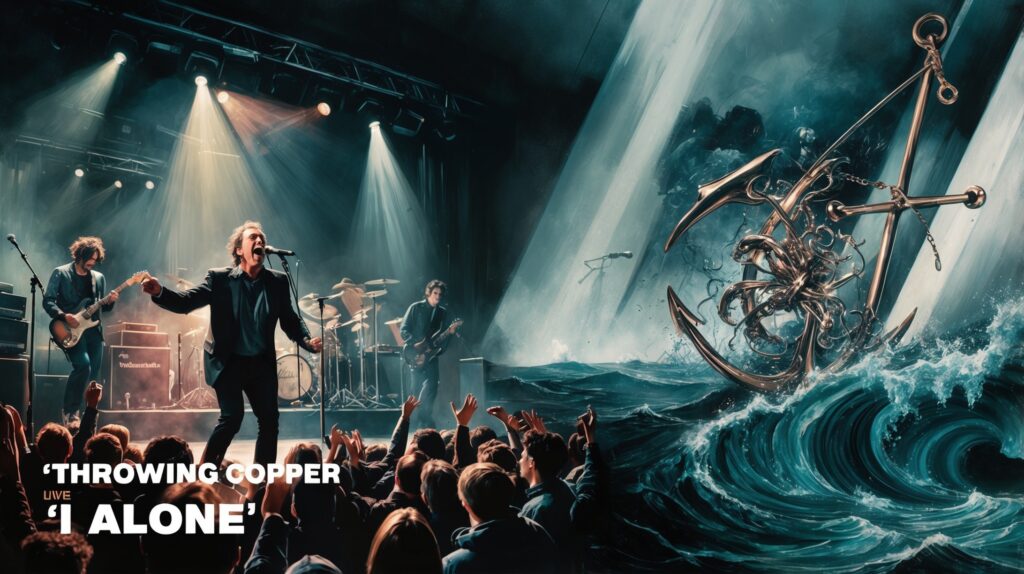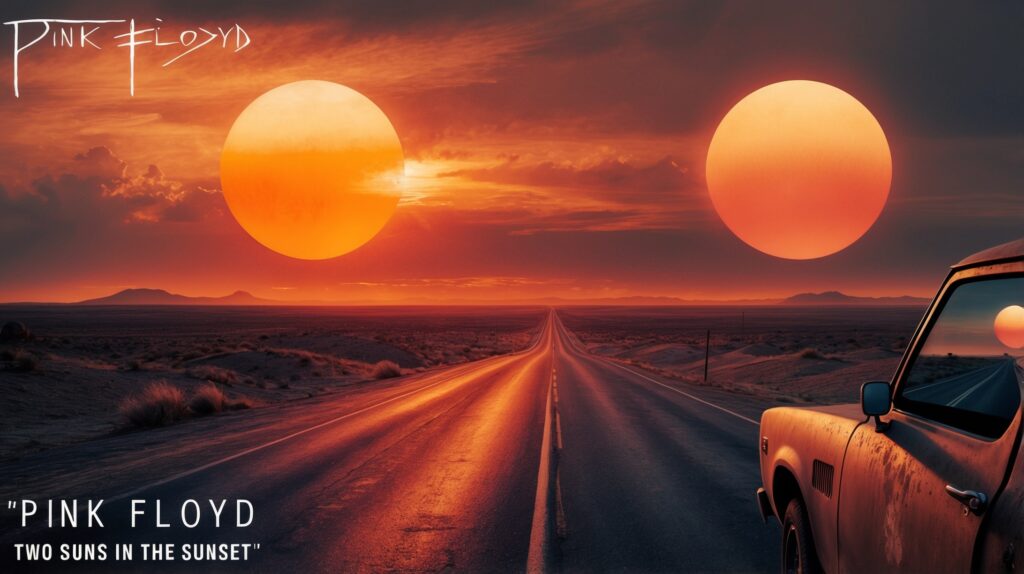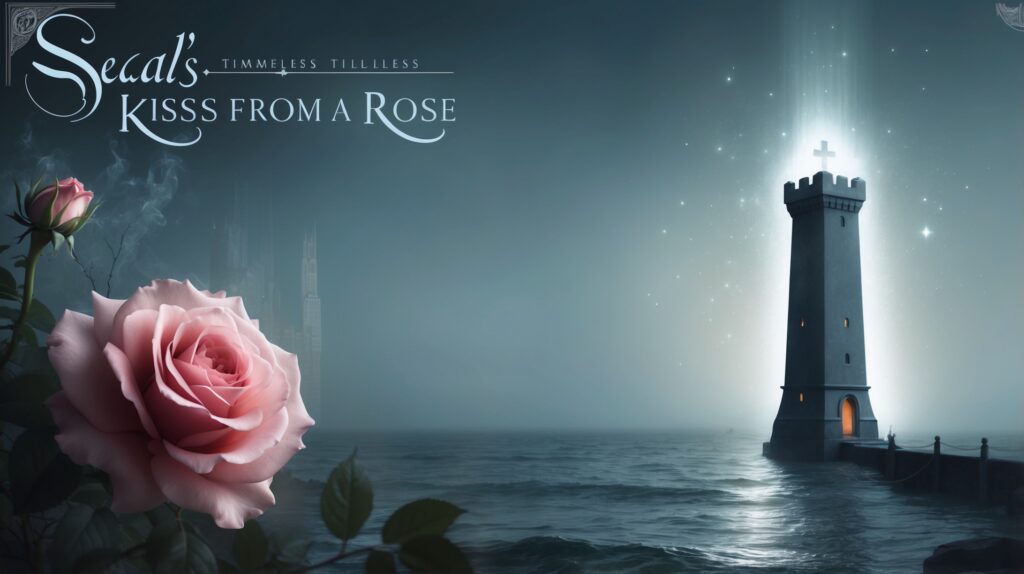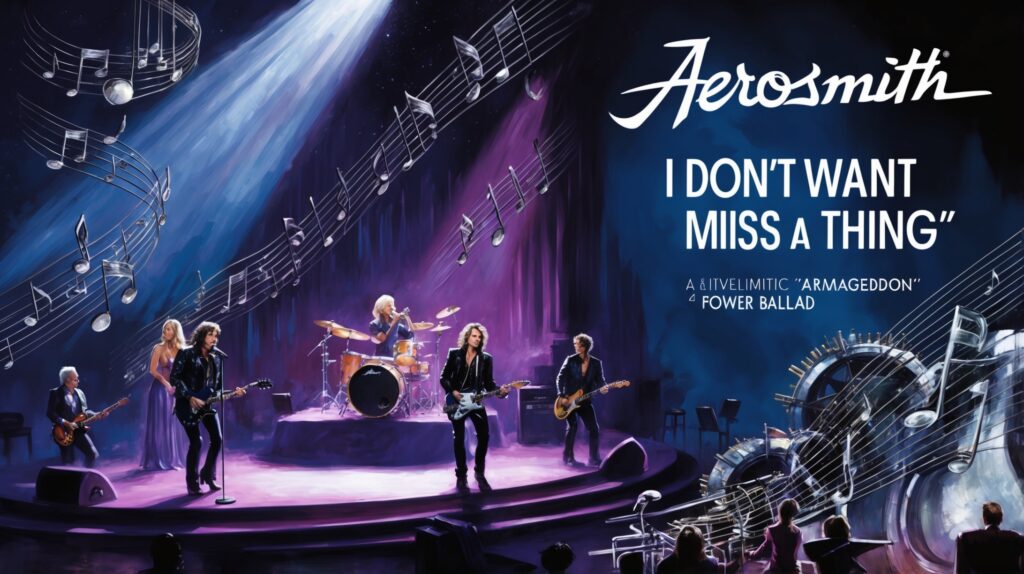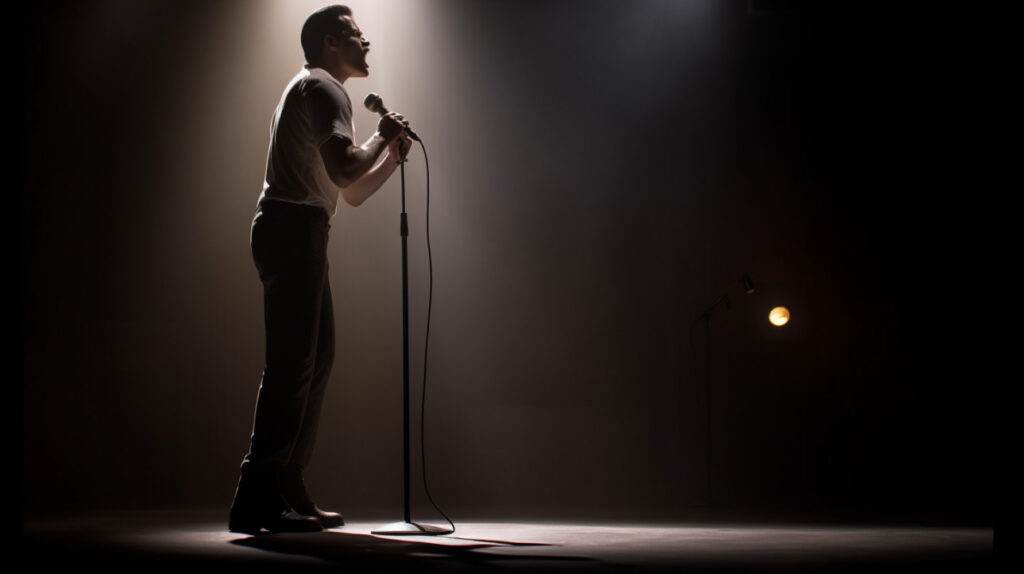Live: The Band Behind ‘I Alone’
Explore the origins and rise of Live, the band behind ‘I Alone,’ a song that encapsulates their powerful blend of emotional depth and rock intensity.
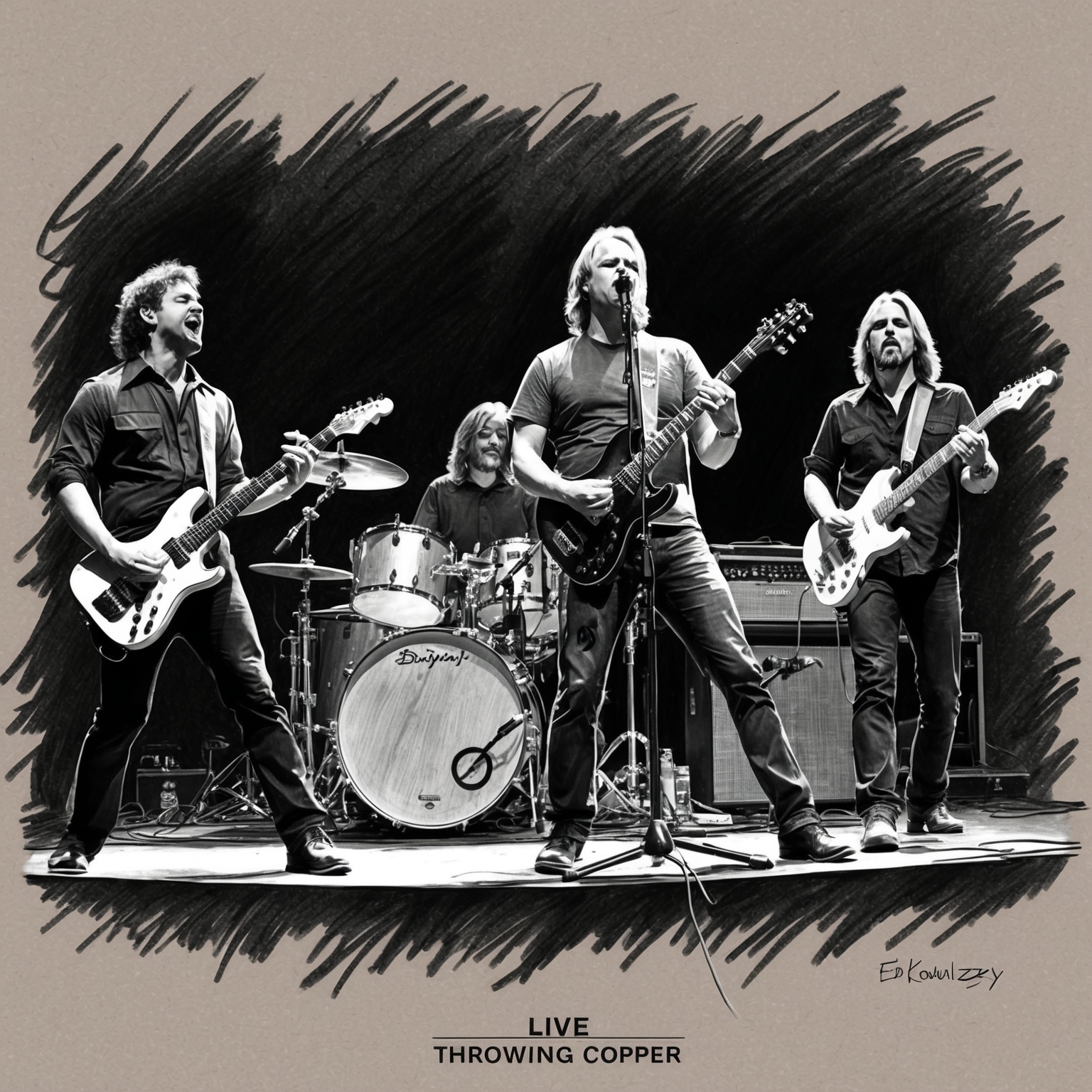
Hailing from York, Pennsylvania, the band Live emerged as a formidable force in the world of alternative rock during the early 1990s. Comprised of Ed Kowalczyk on vocals, Chad Taylor on guitar, Patrick Dahlheimer on bass, and Chad Gracey on drums, this quartet carved out a unique niche with their potent blend of emotional intensity and lyrical depth. ‘I Alone,’ a standout track from their highly successful album ‘Throwing Copper,’ became a defining song in their career, reflecting the band’s ability to capture raw human emotion.
The roots of Live trace back to the members’ high school days, initially coming together under the name ‘Public Affection.’ The early days saw them imbibing influences from a wide spectrum of musical giants, shaping their creative vision. Their big break came with the release of ‘Mental Jewelry’ in 1991, an album that began to define their philosophical and introspective lyrical style.
The mid-90s was a significant period for Live, with the release of ‘Throwing Copper’ propelling them into the mainstream spotlight. The album’s success was fueled by singles like ‘I Alone,’ which resonated deeply with audiences and critics alike. At the time, the alternative rock scene was flourishing, and Live found themselves at the forefront, their music marked by a combination of anthemic sound and thought-provoking lyrics. Collaborations with renowned producer Jerry Harrison, formerly of Talking Heads, further refined their sound and contributed to their commercial success.
The Creative Force Behind ‘I Alone’: Ed Kowalczyk
Explore the unique style and impactful role of Ed Kowalczyk in composing ‘I Alone’, capturing Live’s signature emotional depth through powerful musical narratives.
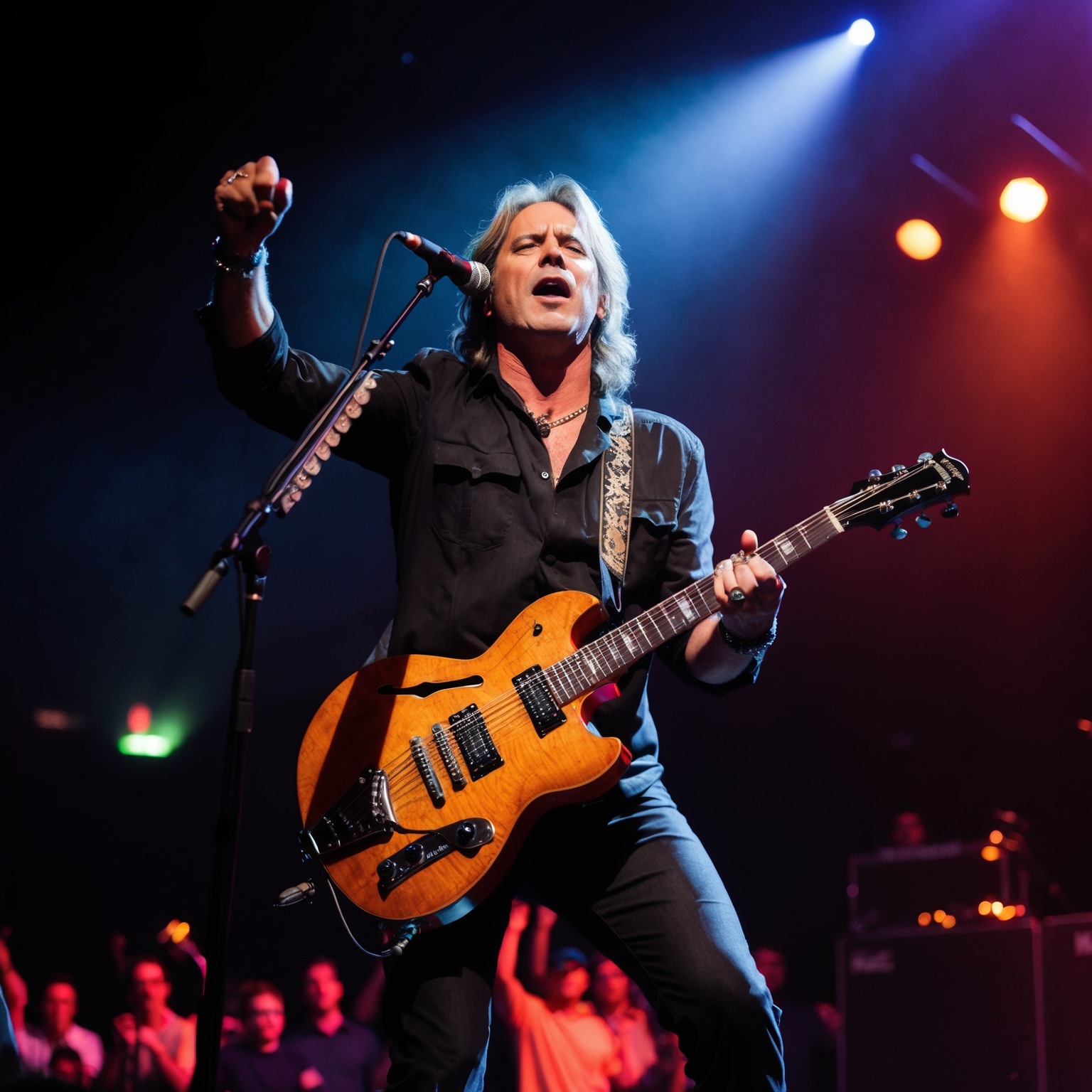
Ed Kowalczyk, the driving creative force behind the song “I Alone,” serves as the lead vocalist and primary songwriter for the band Live. Growing up in Pennsylvania, Kowalczyk immersed himself in music from a young age, greatly influenced by the vibrant rock and alternative scenes of the late 20th century. His vocal prowess and lyrical depth quickly set him apart, helping to shape Live’s distinctive sound.
Kowalczyk’s musical style is a fusion of alternative rock, grunge, and post-grunge, characterized by soulful lyricism and melodic intensity. Influenced by the likes of U2, R.E.M., and his personal guru, Leonard Cohen, Kowalczyk blends poetic lyricism with powerful musical compositions, crafting songs that resonate on both emotional and intellectual levels. This unique approach allows Live to stand out in the saturated alternative rock environment of the ’90s.
Working seamlessly with bandmates Chad Taylor, Chad Gracey, and Patrick Dahlheimer, Kowalczyk was instrumental in crafting the layered sounds of “I Alone.” His role extended beyond just writing lyrics; as a composer, he infused the song with a gripping intensity through dynamic arrangements and euphoric crescendos. The song’s success is deeply intertwined with Kowalczyk’s ability to transform raw emotions into compelling musical narratives, a skill that has been both praised by critics and appreciated by fans worldwide. Though Ed Kowalczyk has ventured out into a solo career, the essence of his songwriting remains influential, continuing to captivate and inspire new generations of listeners.
Recognizing the Impact of ‘I Alone’
I Alone’ by Live, although not decorated with awards, maintains a lasting legacy through media appearances and impactful covers, underscoring its cultural significance.
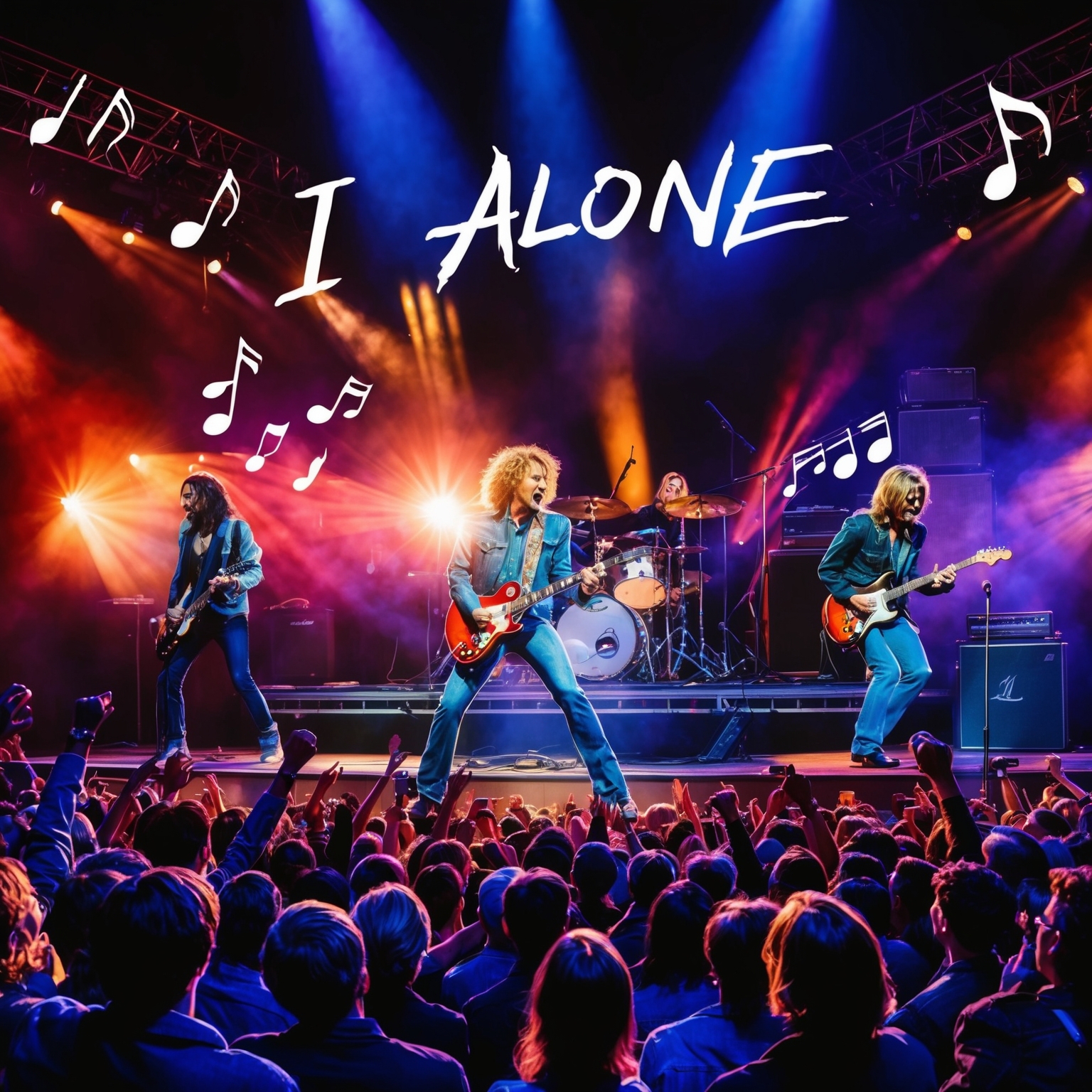
Released in 1994 as part of Live’s groundbreaking album ‘Throwing Copper’, ‘I Alone’ quickly garnered significant attention within the music industry and beyond. While the song itself did not win specific awards, its presence on the charts and its enduring popularity underscore its influence and impact over time. The song’s emotional resonance and powerful performance have undeniably left a mark on both fans and critics alike.
‘I Alone’ has been featured in various media landscapes, further solidifying its place in popular culture. Its inclusion in movies and TV shows has allowed it to reach a broader audience, ensuring its legacy endures well beyond its initial release. For instance, its prominent placement in 1990s-themed playlists and soundtracks speaks to its alignment with the era’s cultural zeitgeist, often evoking a sense of nostalgia for those who experienced the decade firsthand.
The song has also inspired numerous covers by various artists, showcasing its versatility and universal appeal. Some artists have reimagined ‘I Alone’ in different genres, bringing new perspectives and interpretations to the song. These covers often highlight the emotive quality and enduring relevance of the track, proving that ‘I Alone’ continues to inspire musicians across diverse musical landscapes. Such artistic tributes serve as unofficial accolades that validate the song’s significant influence.
Climbing the Charts: ‘I Alone’ Takes Center Stage
Dive into the chart success of Live’s ‘I Alone,’ a quintessential 90s rock anthem that made waves on the Billboard charts and solidified the band’s place in alt-rock history.

‘I Alone,’ a signature track of alternative rock band Live, was released in 1994 as part of their acclaimed album ‘Throwing Copper.’ The song made a notable impact on the charts, peaking at number 6 on the Billboard Modern Rock Tracks and securing a place at number 38 on the Billboard Hot 100. This success reflected the song’s widespread popularity and its resonance with a generation navigating the evolving musical landscape of the 90s. ‘I Alone’ stood out not just for its chart position, but also for its role in solidifying Live’s presence on the music scene.
The song was surrounded by fierce competition from other alternative rock hits of its era, yet it held its ground, connecting deeply with audiences through its raw energy and emotive lyrics. It became a quintessential track, emblematic of Live’s sound and appeal, standing alongside other breakouts like Nirvana’s ‘Smells Like Teen Spirit’ and Pearl Jam’s ‘Alive.’ This track was one of the band’s early successes, helping propel ‘Throwing Copper’ to multi-platinum status and ensuring Live’s status as a major player in the alt-rock genre.
Marketing efforts by their label and engaging live performances helped amplify the song’s reach. With its constant radio airplay and inclusion in playlists of the time, ‘I Alone’ enjoyed significant exposure. Public reception was overwhelmingly positive, cementing its place not only in the charts but also in cultural memory as a song that encapsulated the angst and spirit of its age. Decades later, it continues to attract new listeners through streaming platforms, showcasing its lasting impact.
Visual Storytelling: The Music Video
The music video for Live’s ‘I Alone’ pairs the band’s evocative performance with powerful, symbolic imagery directed by Jake Scott.

The music video for ‘I Alone’ by Live is a quintessential representation of the band’s raw energy and emotive lyricism. Directed by a prominent name in the music video industry, Jake Scott, the video combines symbolic imagery with the powerful performance of the band members. Throughout the video, there are recurring themes of isolation and yearning, which are visually expressed through a desolate landscape and the intense expressions of lead singer Ed Kowalczyk. The visuals serve as a fitting backdrop to the song’s themes of intense emotional need and personal revelation.
This music video significantly contributed to the popularity of ‘I Alone,’ as it provided a stark, captivating visual accompaniment to the song’s compelling lyrics. Its broadcast on major music channels such as MTV and VH1 during the mid-90s helped cement the song as an iconic alternative rock anthem of the era. The combination of the video’s strong aesthetic and the band’s electrifying performance drew in audiences worldwide, helping the track achieve a broader reach.
In terms of critical reception, the music video was well-received for its artistic interpretation and engaging direction. The collaboration of Jake Scott with the band was lauded for effectively capturing the essence of the song in a visual format. While there aren’t any celebrity cameos in the video, the focus remains on the band, allowing the music and performance to remain the center of attention. Overall, the ‘I Alone’ music video stands as a memorable visual piece that complements the song’s emotional impact.
Decoding the Musical Fabric of ‘I Alone’
I Alone’ by Live is a 90s rock staple, crafted in the key of D minor with classic rock chord progressions and powerful instrumentation. The song’s structure, production, and thematic complexity showcase the band’s musical evolution.

The song ‘I Alone’ by Live is a definitive 90s rock anthem, characterized by its powerful musical composition that reflects both emotional and technical brilliance. Written in the key of D minor, the song explores a potent combination of chords that plays a crucial role in creating its intense and memorable soundscape. The chord progression mainly revolves around Dm, Bb, C, and F, which is typical of rock music of the era, facilitating both accessibility and depth.
The tempo of the song stands at a moderate rock pace, allowing it to build and release tension effectively. Throughout the song, the rhythm section is vital, providing a steady pulse that anchors the dynamic shifts seen in the verses and chorus. The melody is evocative, with Ed Kowalczyk’s vocal delivery bringing a raw, emotive quality that is both haunting and exhilarating. The harmony in the song, while not overtly complex, complements the melody to perfection, providing a backdrop for the intense lyrical content.
Instrumentation in ‘I Alone’ is a mixture of typical rock elements, including electric guitars, bass, drums, and vocals. The guitars, both rhythm and lead, carry the song forward with their driving riffs and occasional solos, iconic of rock music during this period. The song’s production, overseen by Jerry Harrison – a member of the Talking Heads – brings a polished yet gritty texture, ensuring each instrument finds its place in the mix.
Looking at ‘I Alone’ within Live’s discography, it represents a significant moment in the band’s evolution. Compared to their earlier works, this song shows an increased sophistication in musical composition and thematic complexity. By juxtaposing it with tracks from their earlier album ‘Mental Jewelry’ or later projects like ‘Secret Samadhi’, one can observe notable growth in how Live matured in their lyrical themes and overall tone, positioning ‘I Alone’ as a landmark track in their career.
Exploring the Depths of “I Alone” by Live
The lyrics of “I Alone” by Live explore themes of love, temptation, and solitude through vivid imagery and first-person intimacy, engaging listeners with its emotional depth.
And measure these things by your brains
I sank into Eden with you
Alone in the church by and by
I’ll read to you here, save your eyes
You’ll need them; your boat is at sea
Your anchor is up, you’ve been swept away
And the greatest of teachers won’t hesitate
To leave you there, by yourself
Chained to fate
I alone love you
I alone tempt you
I alone love you
Fear is not the end of this
I alone love you
I alone tempt you
I alone love you
It’s easier not to be great
And measure these things by your eyes
We long to be here by his resolve
…
******* This Lyrics is NOT for Commercial use *******

The lyrics of “I Alone” by Live delve into complex themes that resonate with listeners on multiple levels. At its core, the song grapples with themes of solitude, temptation, and the intricate dance between love and fear. The recurring refrain “I alone love you, I alone tempt you” suggests an intense, almost possessive love that borders on obsession. This duality of love and temptation raises questions about the nature of relationships and emotional dependence, evoking a sense of vulnerability that was particularly poignant during the 1990s, a decade characterized by introspective and earnest lyricism.
Narratively, the lyrics do not follow a linear storyline but instead weave a tapestry of vivid imagery and abstract notions. The use of first-person perspective creates an intimate connection with the listener, anchoring them into the emotional tides that the song navigates. “I sank into Eden with you” invokes biblical imagery, suggesting a fall from grace or loss of innocence, which is further compounded by the imagery of being alone in a church. These metaphors develop a rich emotional landscape, inviting listeners to derive personal interpretations.
Live employs a variety of literary devices to enhance the song’s lyrical depth. Metaphors, such as “Your anchor is up, you’ve been swept away,” evoke imagery of loss and being unmoored from stability, reinforcing emotional disarray. The evocative language, coupled with the repetitive lyrical structure, creates a haunting rhythm that reverberates with the listener long after the song ends. This lyrical approach bears resemblance to other works in the alternative rock genre of the time, yet it remains distinctively personal and intense. The complexity of these themes and emotional undercurrents can be compared to other tracks on the same album, reinforcing Live’s knack for crafting thoughtful and provocative music.
I Alone’ by Live not only rocked the charts but also boasts a fun fact: it was penned in just one sleepless night, fueled by coffee and creativity! ?☕ #90sRock https://bit.ly/41OTRNV
Click to Tweet

